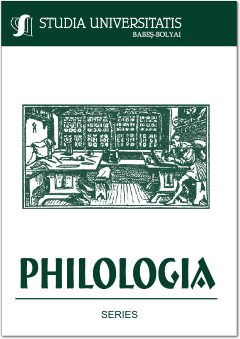“CUTENESS” (KAWAII) AS MYTH IN JAPANESE ADVERTISING DISCOURSE
“CUTENESS” (KAWAII) AS MYTH IN JAPANESE ADVERTISING DISCOURSE
Author(s): Oana Maria BîrleaSubject(s): Sociolinguistics
Published by: Studia Universitatis Babes-Bolyai
Keywords: advertising discourse; cultural semiotics; advertising language; kawaii; pop culture; culture as social interaction; myth;
Summary/Abstract: Cuteness (Kawaii) as Myth in Japanese Advertising Discourse. In the present article we intend to explore the values of “cute” as social and cultural artefact depicted in Japanese print advertisements. Like any other discourse, advertising has as a starting point that corresponds to the form, which, in relation to a certain historical framework, will give birth to the myth. For example, the “consumer” of myths found in advertising is not captivated by the signs per se, but by the ideas they invoke. Based on this statement, we expose the concept of “cute” (kawaii) as myth of Japanese daily life, serving as (perhaps) the most efficient tool for preserving group harmony (wa) and for persuading the receiver. By focusing on the implications and historical roots of the concept in Japanese society, this paper aims to reveal the “hidden meaning” behind the ubiquitous “cute”. The analyzed corpus consists of three non-commercial print adverts created between 2016-2017 for Keio Corporation and Tokyo Metro, two major Japanese transportation operators. The idea of ‘cuteness’ is perceived by the Japanese as a “time capsule” for it can postpone adulthood responsibilities and prolong childhood innocence. In the context of globalization, kawaii has become a totem which continues the centuries-old myth (in the traditional sense) of uniqueness of the Japanese.
Journal: Studia Universitatis Babes-Bolyai - Philologia
- Issue Year: 65/2020
- Issue No: 1
- Page Range: 41-55
- Page Count: 15
- Language: English

